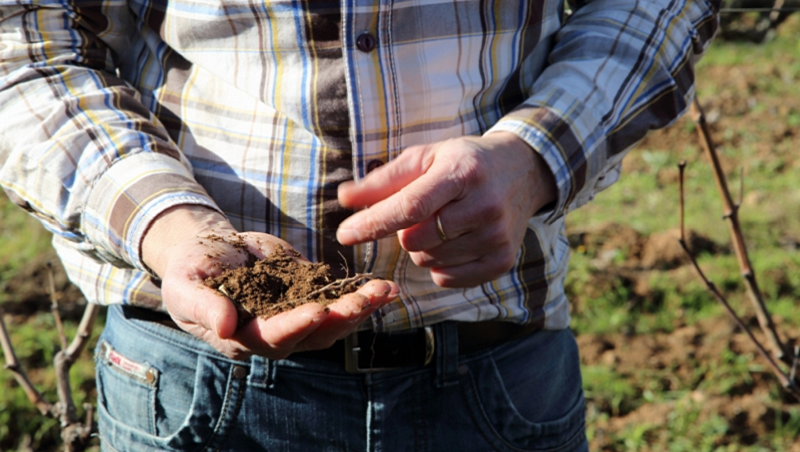EXPO 2025
Special Page
“In order for more people to taste better vegetables, and for more farmers to maintain the soil in better condition.”
How can we define what “ideal agriculture” is in this era? The approach to this subject has never been scientifically defined before. It is because the climate is so different depending on the area, so the best way of agriculture can only be done by the local farmers.
Meanwhile, we started to focus on soil microbiota. As it is possible to maximise the function of the soil with microbiota-data, we are aiming to define the sustainability of the “ideal agriculture”, while maintaining the crops yield, by the microbiota data that is essential for the soil.
Currently, in order to dynamically grasp the activity level of the soil microbiota, we are visiting the farmers to ask about their methods or beliefs in soil making supported by their experience or intuition. By combining this with metagenome, metatranscriptome and metabolome data※, the soil made by the best technology is defined by the microbiota analysis, the producers, consumers and sellers can seek the definition of “ideal agriculture” together.
※The results of the analysis are in the midst of patent application and preparation for the essay presentation is still going on.
In general agriculture, pesticides and chemical fertilizers are used. Agriculture that is excessively dependent on pesticides and chemical fertilizers is not sustainable agriculture since they tire agricultural land. However, we do not think that using pesticides and chemical fertilizers is bad nor do we think that agriculture without any pesticides and chemical fertilizers is considered proper agriculture. We believe that the use of appropriate doses of pesticides and chemical fertilizers make sense for sustainable agriculture. The "ideal agriculture" has not been defined yet since appropriate farming methods will differ depending on the climate of the land. And at the same time, since farming methods are dependent on the farmers' experience and intuition, farmers with advanced technology are called Takumi (Artisan). What such farmers see are microorganisms in the soil. Microorganisms in the soil are so important for agriculture, that some farmers even say that they are cultivating the soil, not the crops. In order to define "ideal agriculture", we think it is important to dynamically assess the activities of soil microorganisms.
The microorganisms in the soil are not only of one kind. A wide variety of microorganisms exist in the soil. The group of microorganisms is called microbiota. The whole genetic information of microbiota is called microbiome. With the development of genetic information analysis technology in recent years, the whole genetic information of soil microbiota can be obtained at low cost. The technology is metagenomics using next-generation sequencer. At the same time, mass spectrometers were also developed. With the development of the mass spectrometer, it became possible to comprehensively acquire information about the soil itself and metabolites of agricultural products grown in the soil. It is also known as metabolome. Data acquisition platforms such as lipidomics specialized to comprehensively measure fat- soluble metabolites, sulfidemics to comprehensively measure sulfur metabolites, and metallomics to comprehensively measure trace elements are being developed. We take part in the advancement of such data acquisition methods and also acquire microbial flora data utilizing the most advanced data acquisition technology. By the way, data obtained by one measurement of metagenome or metabolome analysis are very large in volume. The data are solarge, that the information can not be processed by Excel analysis. Thus, we use various multivariate analysis methods to derive meaning from such large volumes of data. Unsupervised machine learning such as hierarchical/non-hierarchical clustering, supervised learning such as support vector machine etc. In addition, for data analysis of microbiome, we utilize the databases of microorganisms potentially involved in oxidation-reduction of nitrogen and sulfur and that of microorganisms whose substrates and products are known. And we are also updating the databases every day.
We have set a goal to visit all the Japanese farmers who are cultivating the best quality soil, and literally, we have visited 63 farms from Hokkaido to Okinawa to hear the artisan farmer’s methods and beliefs and collected the data. We use these information like a teaching guide, to define the ideal soil created with the best technology based on the flora and pursue the ideal agriculture with producers, consumers, and sellers in unity.
Japan


